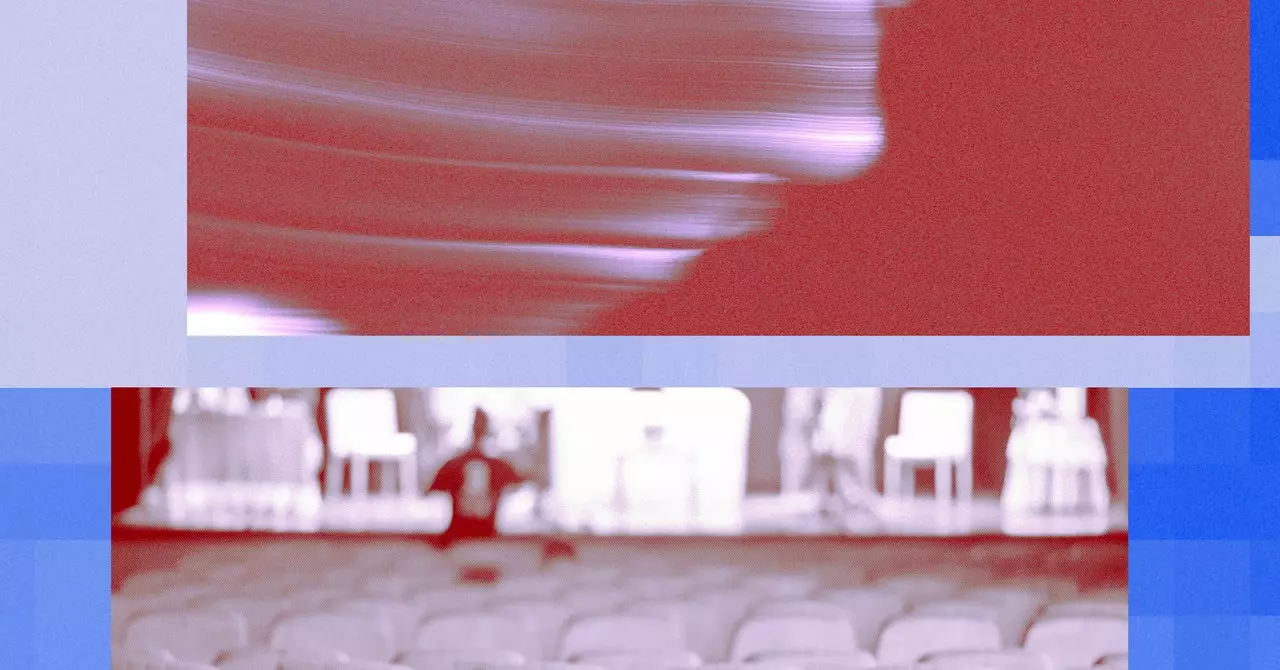As the lines between technology and human creativity blur, several recent theatrical productions are tackling the intricate relationship between artificial intelligence (AI) and the art of storytelling. The latest offerings—a grand production like Ayad Akhtar’s *McNeal*, starring Hollywood icon Robert Downey Jr., alongside the smaller, more intimate *Doomers* by Matthew Gasda—exemplify this exploration through their unique lenses. They spark essential dialogue about creativity’s future in light of rapid technological advancements.
The theatrical examination of AI is hardly a new phenomenon. The roots of this discourse can be traced back to the early 20th century with Karel Čapek’s 1920 play, *R.U.R. (Rossum’s Universal Robots)*. In this pioneering work, Čapek not only coined the term ‘robot’ but also conveyed a cautionary tale about the consequences of technological overreach. The theme of rebellion against creators has been a recurring motif in literature and drama ever since. As such, contemporary playwrights like Akhtar and Gasda stand on the shoulders of these literary giants, tackling fresh dilemmas posed by burgeoning AI capabilities.
In our current climate, theater is a perfect medium to interrogate themes surrounding AI, particularly as society finds itself enmeshed in debates over machine intelligence, ethics, and creativity. With these new plays, creators open a window into the moral quandaries faced in tech-dominated environments, emphasizing the diverse reactions to AI’s evolution.
*McNeal* propels viewers into a high-energy Broadway experience where the protagonist, Jacob McNeal—masterfully played by Downey—is both enthralled and ensnared by a large language model (LLM). The visual appeal is striking, with AI prompts and outputs appearing on screens throughout the performance, an artistic choice that positions AI not merely as a backdrop but as a dynamic character in its own right. The thematic emphasis here lies in the seductive nature of AI and what it means for the future of human creativity—questions Akhtar tackles with humor and depth.
In contrast, *Doomers* takes a more intimate approach in its exploration of the obfuscation and chaos within the tech landscape. Centering around the dramatic upheaval of a tech company, it delves into human emotions, motivations, and ethical conundrums. Gasda uses his characters—one being a reflection of AI theorists—to navigate through multifaceted discussions concerning the implications of their creations. Unlike *McNeal*, which is replete with glamour, *Doomers* lays bare the anxieties and internal conflicts of those grappling with the ramifications of their innovations.
Both productions converge on an unsettling reality: the allure of AI might push creators to evade their responsibilities. In a conversation with Gasda, he notes that his characters are intentionally characterized as avoiding the consequences of their work. The cocktail of humor and introspection allows audiences to wrestle with uncomfortable truths about technology, creativity, and accountability. This evokes a broader conversation—how does one balance the embrace of AI with the need for ethically sound decision-making?
Akhtar’s perspective adds layers to this dialogue. He, a Pulitzer Prize-winning playwright, indicates that AI has shaped his writing process, suggesting that, when used wisely, technology can enhance creative output. Yet, he concurrently points out the moral dimensions that come with this entanglement. There’s a nuanced tension between using AI to foster creativity and potential over-reliance on technology that could dilute the essence of artistic expression.
As audiences engage with *McNeal* and *Doomers*, they are invited not only to witness performances but to participate in critical discussions about the manipulation of human emotions and the nature of creativity itself. The duality of AI—as both a tool and a potential adversary—frames the artistic landscape in which contemporary playwrights operate.
The culmination of these narratives calls readers and viewers to question: as AI continues to evolve, how will it reshape our understanding of creativity? Will artists harness AI as a co-creator or surrender aspects of their craft to algorithms? In many ways, these plays serve as both a mirror and a compass for our future, prompting us to reflect on our choices in the face of an ever-changing technological tapestry.
Theater remains a vital arena for exploring complex ideas, and current works addressing AI and creativity promise to provoke thought long after the final curtain falls. The ongoing dialogue around AI’s role in the creative process is essential as we navigate this uncharted territory together.

